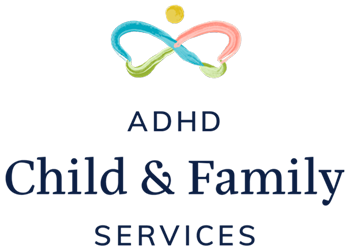A parent once asked me a serious question after one of our play therapy sessions, “all we do is
play together, when does the real work begin?”
I loved that question and I’ve spent several years coming up with the following response.
How do children learn best?
It turns out that children learn best when they are calm, curious, engaged, and safe. Imagine a
sleepy mother bear sunning herself in the forest while her cubs tumble and roughhouse around
her. This is an ideal learning environment for bears. The cubs are playfully learning and
rehearsing survival skills with one another under the watchful protection of their very chill
mother. If she senses danger, or stands up in alarm, her cubs will instantly stop playing and
move to her for protection. Our mammal body and brain function in a similar way. When we feel
safe and at ease, our body does a lot of important work, even repair work on a cellular level.
Play can even help our skin glow with health! It also creates space in us to explore and
imagine. When we do not feel safe, emotionally or physically, our sympathetic nervous system
(or fight or flight) jumps into action. The more stressful the situation, the more our open, thinking
and curious mind powers down.
When a child is spending too much time in fight or flight, they are not spending enough time
playing and creating and discovering the world around them. Play is real work for children. In
fact, the more play we see the more brain development we know is going on inside.
How to raise a problem solver
If you want to raise a good problem solver, create opportunities for your child to play with their
hands. Tinkering, poking, stacking, stretching, building, and re-building…all of these skills
support our adult ability to solve problems in the future. The ability to consider different
perspectives in our mind begins with turning real objects with our hands. Building forts, stacking
blocks, sculpting with clay, and creating with LEGO are great ways to raise a human with the
ability to solve complex problems in the future.
Play is the best teacher
Play is also an ideal way to teach children with ADHD the skills they need to manage symptoms
or get along better with others. Playful interactions with a loving and calm parent opens a child
to learning and growth. It also soothes emotions and reduces defensiveness-or a disengaged
mind.
If your child is feeling closed off, detached, hopeless, withdrawn, or lonely a wonderful way to
begin the healing process is through play. A child will often be willing to take greater risks when
it is “just for fun.”
As a professional observer of play, I am constantly amazed by what play reveals. I have never
seen the same play twice. Each child brings with them their unique blend of creativity and play
that gives us hints about the adult they will become. Some children are storytellers, others are
movers, competitors, leaders, or collectors. Some are artists or inventors. Some are
adventurers or comedians. The blend tells us what uniquely motivates and inspires them.
It turns out that love and play are one in the same. We love because love feels good. We play
because play feels good. When we laugh with friends we bond with them. When we are at play
we are sharing love.
I sometimes imagine what a gift it would be to give every adult a recording of their childhood self
at play. In those moments, we see our true nature and what it feels like to be fully present and
alive.
In a similar way, when we begin a therapeutic relationship, it sometimes takes a lot of patience
and practice to help a child (and parent) open up to play. When we get there it feels so good–
and the real work of learning begins.

